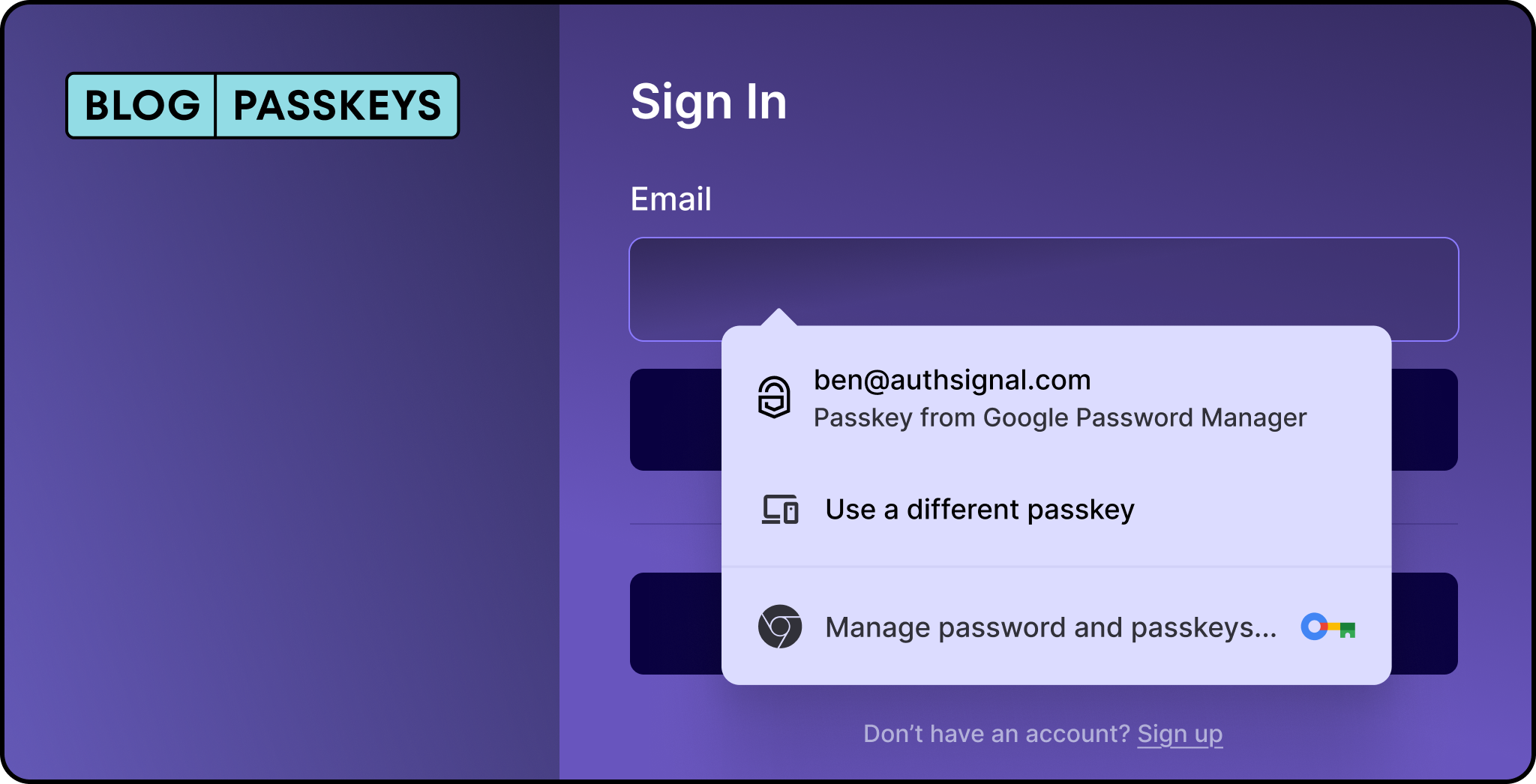A short primer on zero trust
Zero trust is a security model that assumes that no user or device can be trusted, even if they are inside the network perimeter. This means that organizations must verify the identity of every user, device, and application before granting them access to resources. Zero trust is based on the principles of verify explicitly, use least-privileged access, and assume breach.
Verify explicitly means that organizations should verify the identity of every user, device, and application before granting them access to resources. This can be done through a variety of methods, such as multi-factor authentication, risk-based authentication, and behavioral analytics.
Use least-privileged access means that users should only be granted the access they need to perform their jobs, and no more. This helps to reduce the risk of unauthorized access to sensitive data.
Assume breach means that organizations should assume that their systems have already been breached, and that they should take steps to minimize the damage that an attacker can do. This includes implementing strong security controls, such as zero trust identity, and having a plan for responding to a breach.

Up until most recently zero trust principles have predominantly been applied to workforce identity use cases, alleviating archaic forms of network and application access controls like internal access via VPNs and transforming how organizations on-board and off-board employees.
The same principles can also be applied to consumer identities and authentication, and even more important to implement especially with the advent of rampant data breaches, session hijacking, and the exploitation of weak symmetric authentication factors like (passwords, pins, knowledge based answers - KBA, one time passwords OTP)






.svg)








